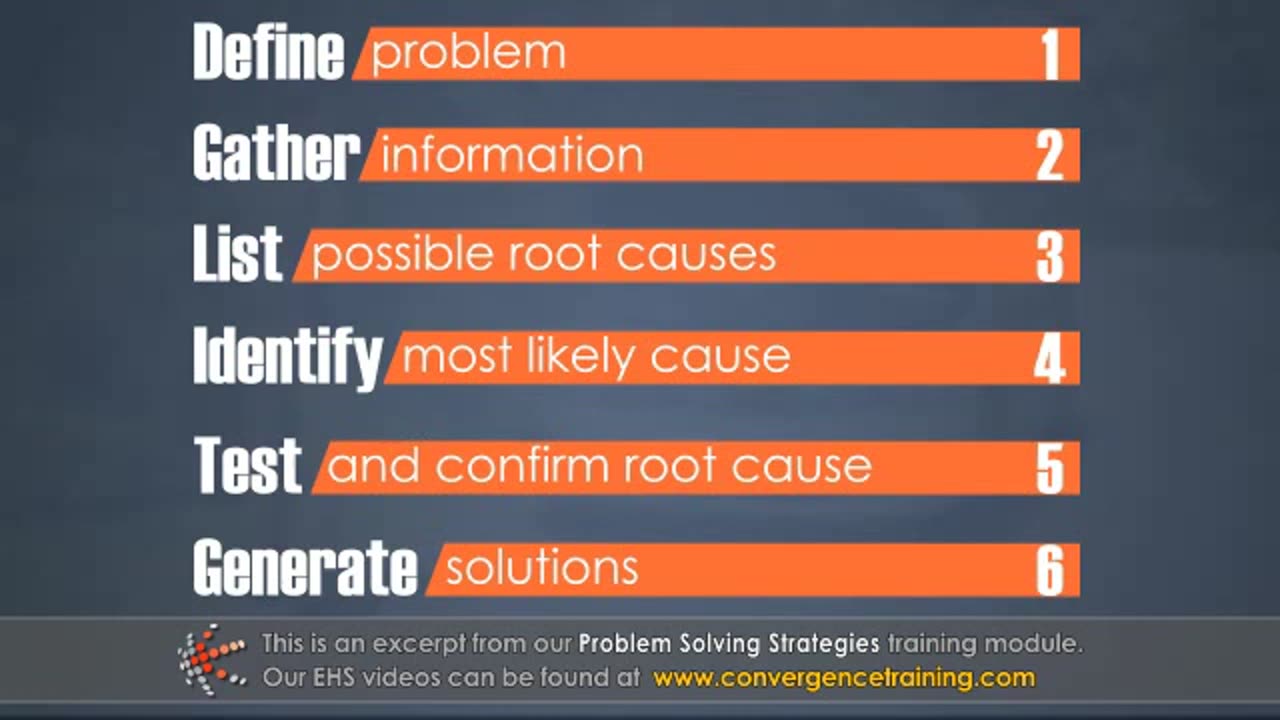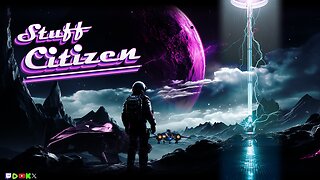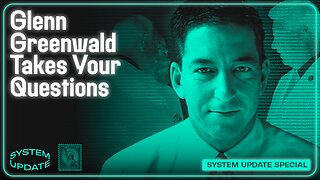Premium Only Content

Problem Solving Strategies_2
Here are additional **problem-solving strategies** to complement earlier approaches, focusing on structured, creative, and analytical techniques:
---
### **1. Cause-and-Effect Analysis**
- **Fishbone Diagram (Ishikawa):** Visualize root causes by categorizing them into areas such as Materials, Methods, Machines, People, Environment, and Measurement.
- **5 Whys Technique:** Keep asking "Why?" until you reach the root cause of the problem.
---
### **2. Brainstorming and Ideation**
- **Divergent Thinking:** Generate as many ideas as possible without judgment.
- **Mind Mapping:** Organize ideas visually to explore relationships and new angles.
- **SCAMPER Technique:** Modify an existing solution by **Substituting, Combining, Adapting, Modifying, Putting to other use, Eliminating, or Reversing**.
---
### **3. Pareto Analysis (80/20 Rule)**
- Focus on identifying the 20% of causes that create 80% of the problem's impact.
- Use this analysis to prioritize solutions with the most significant effect.
---
### **4. Systems Thinking**
- Understand the problem within the context of its larger system.
- Identify feedback loops and interactions between components that might affect outcomes.
---
### **5. Decision Matrix (Weighted Scoring)**
- List possible solutions and criteria for evaluation.
- Assign weights to criteria based on importance, and score each solution to choose the most viable option.
---
### **6. SWOT Analysis**
- Evaluate the **Strengths, Weaknesses, Opportunities, and Threats** related to the problem or solution to find a balanced approach.
---
### **7. Simulation and Modeling**
- Use tools like flowcharts, computer models, or simulations to predict outcomes of different solutions.
- Test various scenarios to find the optimal approach.
---
### **8. PDCA Cycle (Plan-Do-Check-Act)**
- **Plan:** Define the problem and propose a solution.
- **Do:** Implement a small-scale solution.
- **Check:** Evaluate results to confirm effectiveness.
- **Act:** Adopt, modify, or discard the solution based on findings.
---
### **9. Collaborative Problem Solving**
- Involve diverse teams to bring multiple perspectives.
- Use structured workshops or problem-solving frameworks like Design Thinking.
---
### **10. Reverse Engineering**
- Start with the desired outcome and work backward to identify steps and requirements for success.
---
### **11. Scenario Analysis**
- Explore "what-if" scenarios to anticipate risks and plan mitigation strategies.
---
### **12. Use Technology and Tools**
- Employ software for project management, root cause analysis, or process simulation to enhance efficiency and accuracy.
---
### **13. Experimentation and Iteration**
- Use trial-and-error approaches with controlled experiments to refine solutions progressively.
---
By combining these strategies with sound judgment and a systematic approach, you can address complex problems effectively and sustainably.
-
 7:58
7:58
HSESafetyInformation
6 months agoAuthentic Peshawari Rosh _ Namkeen Gosht Recipe __ Traditional KPK and Baluchistan
681 -
 1:32:53
1:32:53
Flyover Conservatives
11 hours agoRicky Schroder Exposes How Hollywood Planted Him as a Child Star | FOC Show
47.7K9 -
 4:59:48
4:59:48
JahBlessCreates
5 hours ago🎉 TEKKEN TING, and maybe some music...
24.7K14 -
 LIVE
LIVE
GritsGG
6 hours agoTop 250 Ranked Grind! Dubulars!🫡
58 watching -
 4:31:29
4:31:29
StuffCentral
5 hours agoStar Stuffy
9.23K4 -
 6:02
6:02
Blackstone Griddles
7 hours agoPrime Rib Brisket Burgers on the Blackstone Griddle
12.4K4 -
 3:35:06
3:35:06
HELMETFIRE
5 hours ago🟢HELMETFIRE PLAYS: Silksong Part 4🟢
4.84K -
 1:14:07
1:14:07
Glenn Greenwald
12 hours agoGlenn Takes Your Questions: Billionaires, Bari Weiss and Journalism | SYSTEM UPDATE #509
72K35 -
 4:22:43
4:22:43
StevieTLIVE
6 hours agoFriday Night HYPE Warzone Games with Stevie
16.5K3 -
 4:11:15
4:11:15
SavageJayGatsby
1 day agoLet's Play: Sea of Thieves | Friend Friday
20.2K2